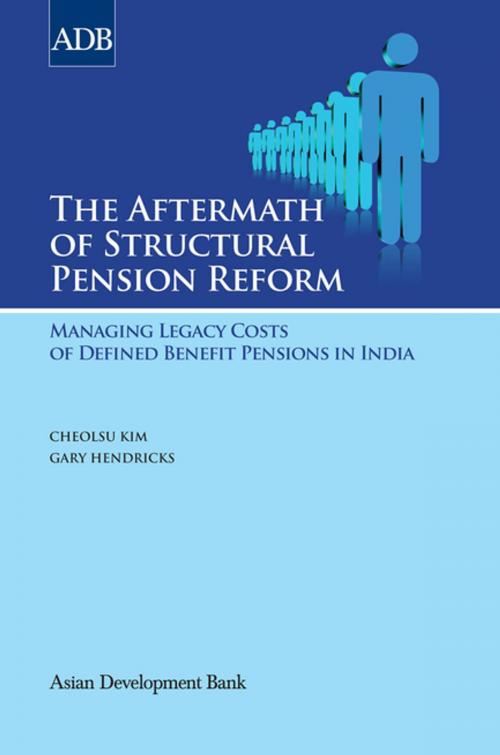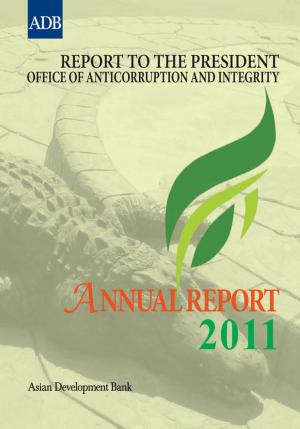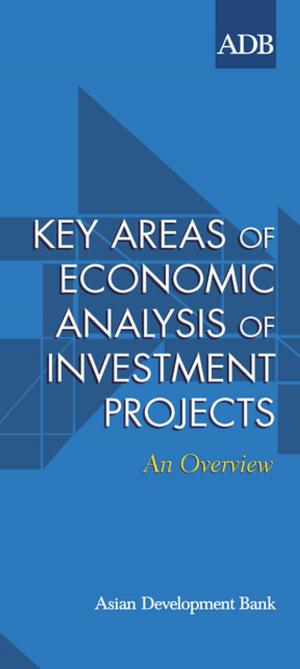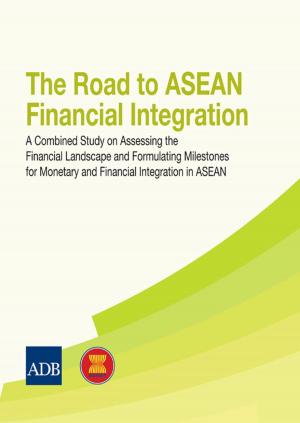The Aftermath of Structural Pension Reform
Managing Legacy Costs of Defined Benefit Pensions in India
Nonfiction, Social & Cultural Studies, Political Science, Politics, Social Services & Welfare, Reference & Language, Law| Author: | Cheolsu Kim, Gary Hendricks | ISBN: | 9789290924920 |
| Publisher: | Asian Development Bank | Publication: | December 1, 2011 |
| Imprint: | Asian Development Bank | Language: | English |
| Author: | Cheolsu Kim, Gary Hendricks |
| ISBN: | 9789290924920 |
| Publisher: | Asian Development Bank |
| Publication: | December 1, 2011 |
| Imprint: | Asian Development Bank |
| Language: | English |
India's civil service retirement benefit system, based on a defined benefit scheme, imposed an annual expenditure of over $30 billion on the central and state governments. In an effort to truncate the unfunded scheme, which covers 30 million central and state government employees, the Government of India in 2004 decided to replace the traditional defined benefit scheme with a defined contributory scheme known as the New Pension Scheme. This book contains an account of the efforts of five states---Assam, Bihar, Chhattisgarh, Jharkhand, and Madhya Pradesh---to estimate their current pension liabilities, project annual pension costs over the next 15–25 years, and explore options for managing their annual costs. Using newly constructed employee databases, the book discusses in detail the projections for each state and suggests cost-saving measures based on specific needs. Also included is a lengthy discussion of the lessons that emerged in database construction and practical recommendations in managing pension costs.
India's civil service retirement benefit system, based on a defined benefit scheme, imposed an annual expenditure of over $30 billion on the central and state governments. In an effort to truncate the unfunded scheme, which covers 30 million central and state government employees, the Government of India in 2004 decided to replace the traditional defined benefit scheme with a defined contributory scheme known as the New Pension Scheme. This book contains an account of the efforts of five states---Assam, Bihar, Chhattisgarh, Jharkhand, and Madhya Pradesh---to estimate their current pension liabilities, project annual pension costs over the next 15–25 years, and explore options for managing their annual costs. Using newly constructed employee databases, the book discusses in detail the projections for each state and suggests cost-saving measures based on specific needs. Also included is a lengthy discussion of the lessons that emerged in database construction and practical recommendations in managing pension costs.















